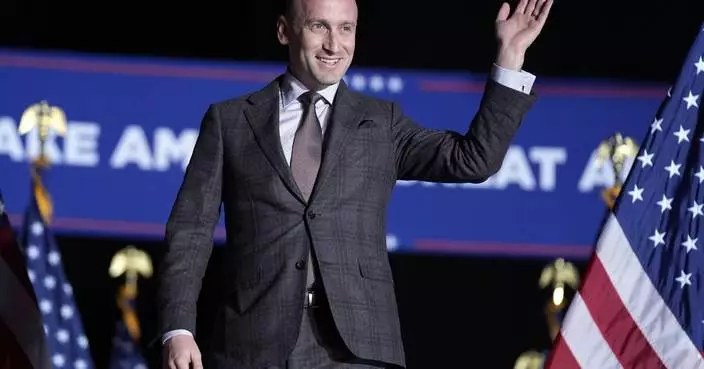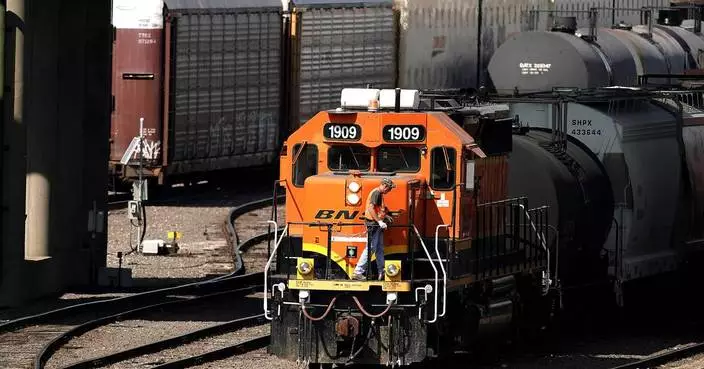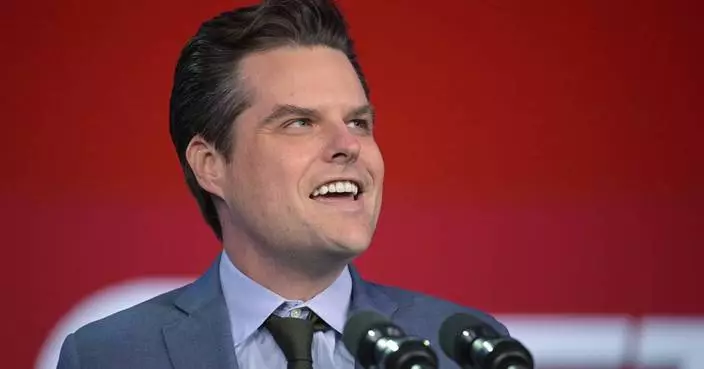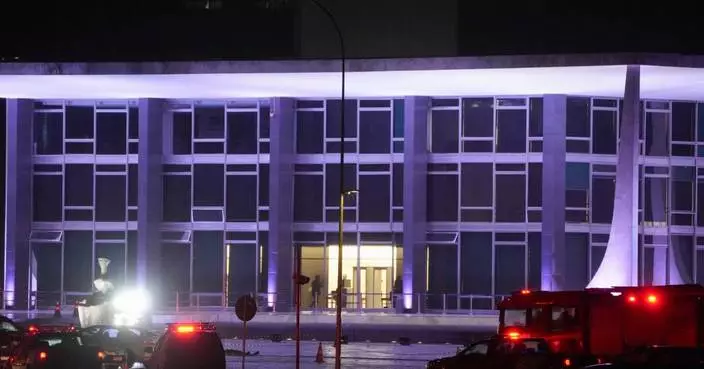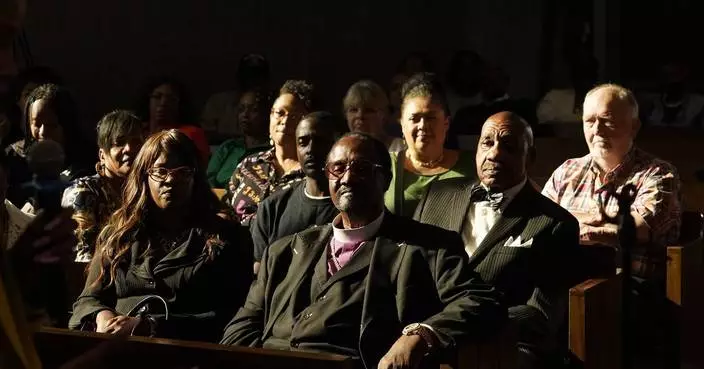For the late James Bond producer Albert “Cubby” Broccoli, receiving the Irving G. Thalberg Memorial Award was a true high point in his career. He said as much accepting the prize, a non-competitive honorary Oscar, at the Academy Awards in 1982.
Roger Moore presented it to him that night while his family in the audience looked on, including his daughter, Barbara Broccoli, who was reduced to a puddle of tears, and her brother, Michael G. Wilson.
“He always treasured it,” Barbara Broccoli said in a recent interview with The Associated Press. “It was the most important physical possession he had.”
The award, then a bust of the inimitable “boy wonder” producer of Hollywood’s early years, sat on his mantlepiece for many years. Now, Broccoli, 64, and Wilson, 82, are following in “Cubby’s” footsteps as the 40th recipients, collecting the Oscar statuette Sunday at the 15th Governors Awards in Hollywood.
“It’s a rare honor, and I think that makes it extra special,” Wilson said.
Since its inception in 1937, the award has only been given 39 times, celebrating creative producers for a lifetime of quality films. The roster of honorees is a who’s-who of Hollywood legends from David O. Selznick and Walt Disney to Steven Spielberg and George Lucas. And only once before Broccoli has it gone to a woman, Kathleen Kennedy in 2018.
“It’s very humbling," Broccoli said. “I think of so many people who have come before us, so many people I wish had been given the honor who aren’t with us anymore.”
Though she is quick to point out all the others she thinks more deserving, the fact is that no one quite occupies the space that Broccoli and Wilson do as the guardians of the Bond franchise, one of the longest running film series in history.
Since Cubby and Harry Saltzman purchased the rights to Ian Fleming’s novels in 1961, the 25 films released by EON productions have grossed over $7.6 billion at the global box office. And despite all odds, the major creative decisions, including who gets to be Bond, have stayed in the family through massive changes in the business, including new corporate overlords.
For many years, EON split profits with MGM, which financed and distributed the movies. But that got slightly more complicated in May 2021, several months before the last Daniel Craig Bond, “No Time to Die” opened, when Amazon purchased MGM for $8.45 billion. The siblings continue to own 50% of Bond and maintain creative control over its future. They're also adamant about theatrical.
“People are playing it very safe. I think in times of crisis like this, you've got to be brave," Broccoli said. “It’s certainly a new era in the movie business, so we’re trying to figure it out."
Broccoli has been entrenched in the world of Bond her entire life. She was only a year old when the deal was signed and spent much of her youth on sets around the world. One of her earliest memories was filming “You Only Live Twice” in Japan. She was 6.
Her father’s passion for the films was infectious and she followed him into the business, learning the trade from the ground up. Though she didn’t quite start without connections, as Cubby had when he came to Hollywood in 1934, she never shied away from doing “the dirty work.” During one indie shoot, she remembers scrubbing toilets before the wrap party.
Wilson came into the family when his mother married Cubby in 1959. With two actor parents, he didn’t imagine a career in entertainment for himself. Instead, he pursued law. Then Cubby asked for his advice during a dispute, Wilson “caught the bug” and never looked back.
Cubby passed the torch to the kids in 1995; he died the next year. Since then, Wilson has operated as the business affairs person and Broccoli as more of a creative and practical producer. Their different skills and interests were compatible.
“I think it worked out pretty well,” Wilson said. “We were a good team.”
During their tenure, they bid farewell to the Pierce Brosnan era and welcomed Daniel Craig as the seventh Bond; firm in their decision, despite the immense backlash. They also produced non-Bond films, like “Till.”
But the spotlight on them has intensified as the world awaits official word on Bond No. 8. People are always playing the guessing game with the role, whether it was the long-running fan campaign for Idris Elba or any number of promising young actors who pop on the scene. The latest, stickiest rumor is Aaron Taylor-Johnson, but Broccoli and Wilson are staying tight-lipped on even a general timeline for when an announcement might come.
“It’s a big decision,” she said.
They’ve teased some things: It will be a man. He’ll likely be in his 30s. Whiteness is not a given. And whoever says yes is doing so with the expectation of at least a decade’s worth of films. One thing is certain: There's going to be a period of adjustment for audiences in the transition. Every Bond had its detractors, especially at the start. Broccoli saw firsthand the vitriol of the internet era when Craig was cast ("anti-Daniel nonsense," she called it.)
But when people finally saw “Casino Royale,” the sentiment shifted to love. The five Craig Bonds are the highest grossing in the series, not adjusting for inflation. It remains one of her proudest moments. And a new Bond means new opportunity.
“Every time we cast a new actor, the films change. It’s the excitement of a new Bond, a new direction,” Wilson said. “Every one of these people who took on the role offered something new and different.”
Plus, they're playing the long game with Bond, producing and cinema in general. And not losing sight of the Cubby spirit.
“He always said films were like the circus coming to town,” Broccoli said. “You set up your tent, everybody comes and you create magic. It's all about pleasing the audience, making sure that people get their bang for their buck.”
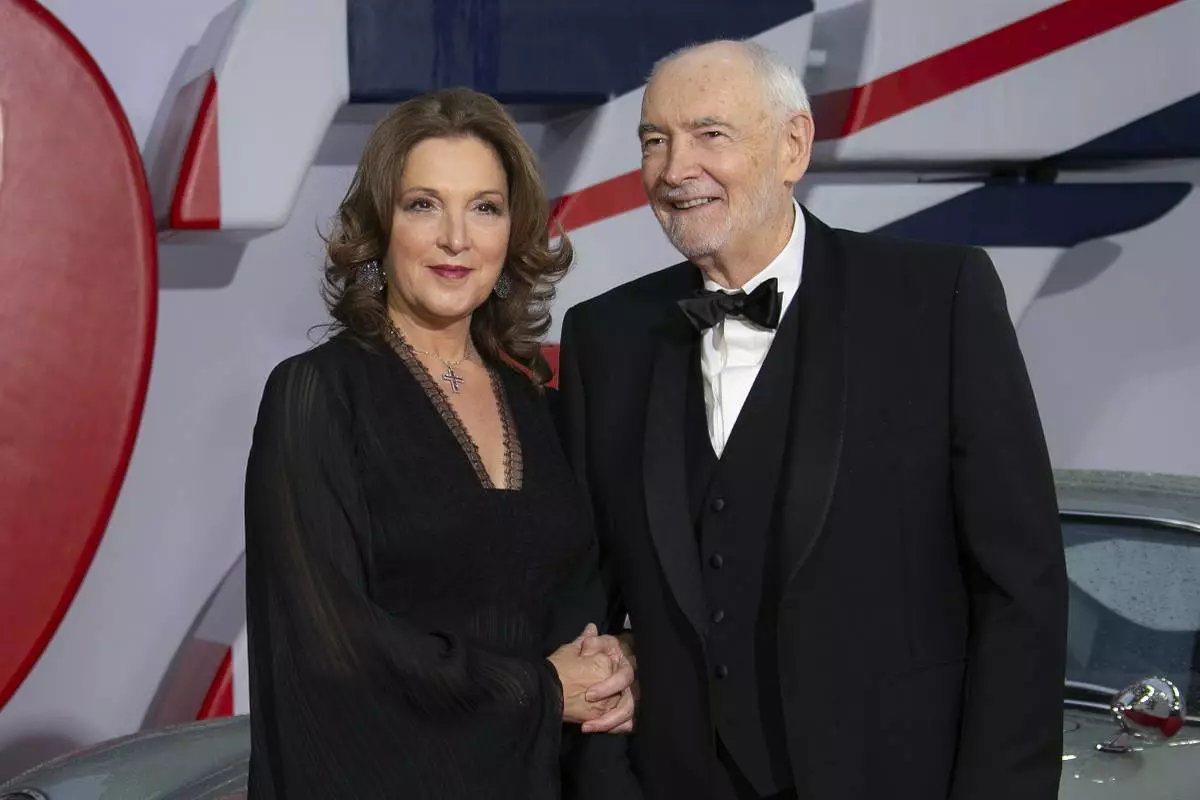
FILE - Barbara Broccoli, left, and Michael G. Wilson appear at the World premiere of the film "No Time To Die" in London on Sept. 28, 2021. (Photo by Joel C Ryan/Invision/AP, File)




